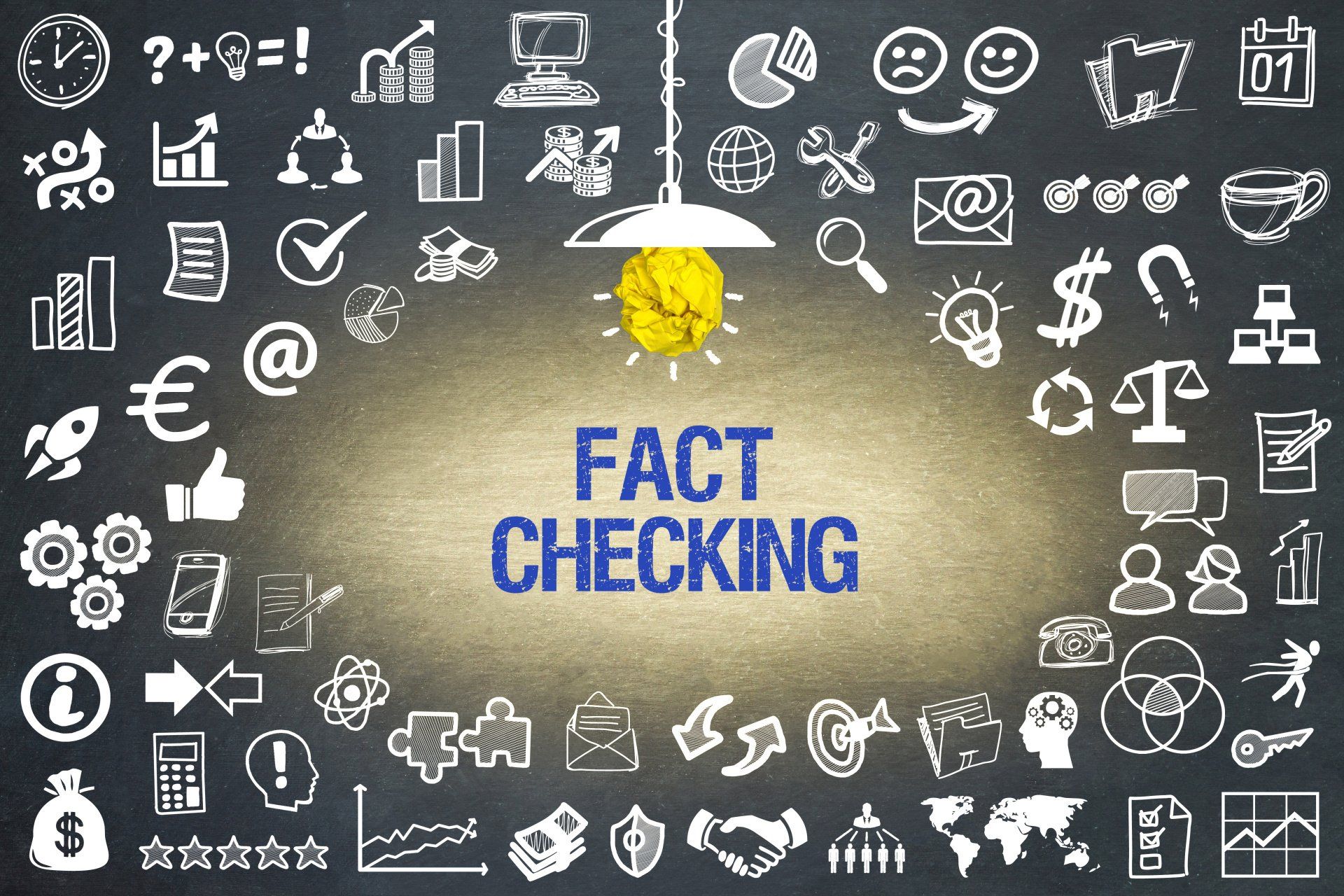Fact Check Schema - Should You Implement It to Your Website
Share article
Hundreds upon thousands of articles are released every day on the internet. While this may seem like a boon to those looking for information, not all of these articles are reliable and factual. In fact, not many people put the effort to correct misinformation even if they spot mistakes, leaving plenty of fake or inaccurate information on the world wide web. Some disreputable individuals even purposely misinform to their own unscrupulous ends. This is extremely worrying when your customers rely on you for education before making a purchase.
If you want to advertise yourself as a reliable business that your customers can trust, you should implement a fact check schema to your website!
What is a fact check schema?

A fact check schema, also known as a claim review schema, provides three benefits: First, it can function as a tool (known as a Fact Check Explorer) where website owners can review fact searches made by an individual. Second, it can mean a fast check markup tool that allows web owners to submit markup information through a web form. Third, it can mean the fact check snippet that tells the reader who made a claim, what the claim is, and whether the claim is true.
In essence, the fact check schema is simply the combination of tools and tasks that allow website owners and users to fact check the information displayed. This endeavor is managed by Google with the help of ClaimReview in an attempt to create structured data to provide reliable information. They understand that clients and customers want accountability, and with structured data and fact check schema, this can be achieved.
Should I implement a fact check schema?
Previously, major news and other information-providing websites were required to implement a fact check schema. However, there is no reason you should not implement the same. Note that you need to be determined by Google's algorithms as an authoritative source of information before this happens. Your website’s eligibility will depend on accountability, transparency, and readability.
Achieving this proves to your customers that the information you provide is trustworthy. Also, fact-checking grants your audience the ability to decide whether the information is reliable. Above all, a fact check schema adds credibility to your website and company, which can be fantastic for your business and brand.
Conclusion
A fact check schema can be quite confusing to work with at first, but its main job is to add credibility to your website—to diffuse confusion. Otherwise, your users will have to do the fact-checking all by themselves, wasting time and pushing them to look for other, more reputable companies.
That being said, do not try to falsify verifying any claims you may have made in your implementation of the schema. Doing so can bring serious consequences to your website, such as pulling it down its rank and hurting your business. In the age of fake news, it is only your ethical responsibility to speak only what is true. Being branded as a peddler of misinformation is something you cannot afford.
The Stack Group is a website design company in the US helping businesses create modern websites that drive results. Work with us today and create a reliable and trustworthy website!
Questions? Have a project you're ready to launch?
Simply text our team at
(857) 256-1295 or send us a message!
Latest Articles




